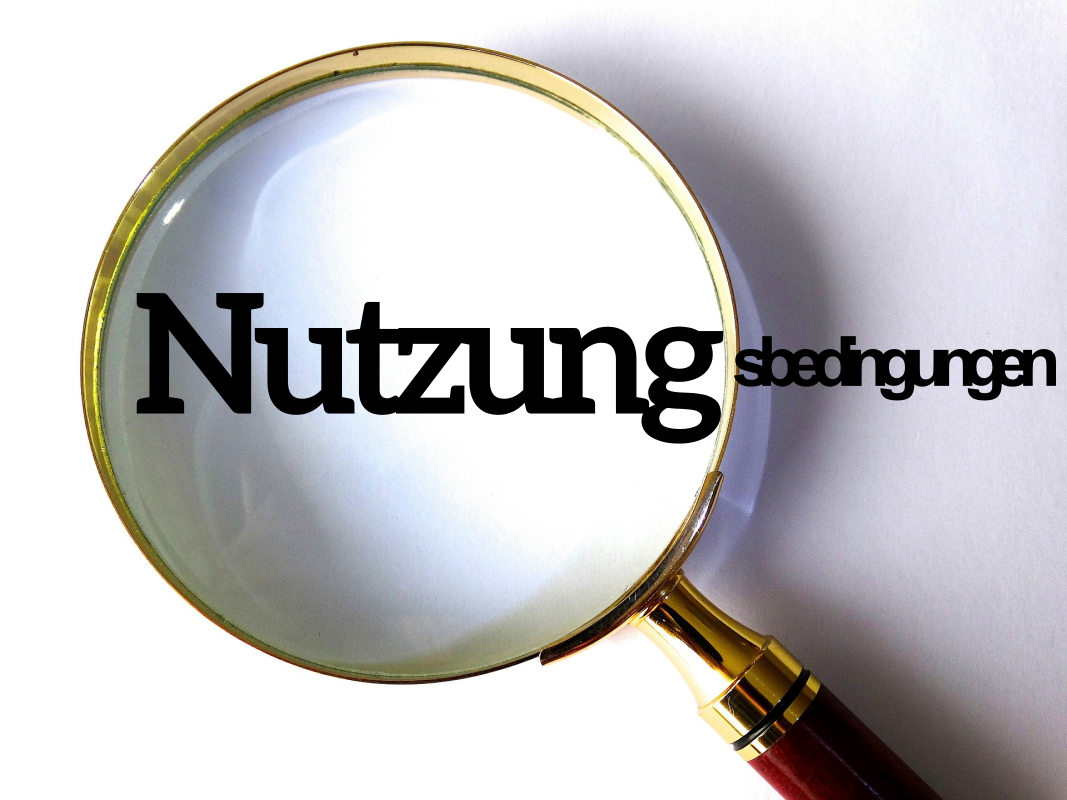Forschungsdaten veröffentlichen
Beim Veröffentlichen von Forschungsdaten muss u.a. Urheberrecht oder die Einverständnis der…
A balancing act: copyright, IPR and freedom of research
When research data are collected in the form of a database, they can fall under intellectual property rights and should therefore be given special consideration by research projects. (§4 UrhG).[1] According to German law databases are protected in a way that grants the author of a database the sole right to disseminate and reproduce the database. (§ 87b UrhG).
Only the use of insubstantial parts of the database is permissable without the consent of the database creator. Reproducing a database for private or teaching purposes is allowed even without express consent, however. (§87c UrhG). Moreover, reproducing databases or other IPR-protected works for 'personal scientific use'* is permissable if reproduction is "warranted"** and does not serve any commerical purposes (§ 44a-§ 63 UrhG).
*"Personal scientific use" includes reproduction/copying within a contained, inaccessible environment and precludes disclosure to third parties.
**Reproduction counts as "warranted" if it is needed for research and the pruchase of a copy is problematic.
*** Permissable research acts are those which make attempts at discovery or invention. This, for example, applies to experiments which aim at discovering if or how a patented invention works or how it can be developed further. So what is allowed is research on the subject of the patent but not with the subject of the patent.

Whether copyright laws or similar regulatiions apply for a work is judged by different standards of creativity, skill, effort and cost by different jurisdictions. That is why it can be counterproductive to make data open access without clarifying usage conditions.
The situation is compounded by the fact that different aspects of a data set like the values themselves, field names, the structure, the data modell, the data entry interface, visualisations and data documentation might all be treated differently. [2]
Whereas in the United States the emphasis is on creativity (simple tables, for example sensory data, are not copyright-protected ), this doesn't play any role in Australia which focuses only on originality. Originality is determined considering a numbe rof factors including the requisite skill and effort. The effort invested inc reating a data base does not necessarily have any influence on the originality of a derivative publication.
Within the EU a data base is copyright-protected if the creator exercised intellectual effort in the selection and/or grouping of the data. Beyond this there are separate copyright laws for data bases which require substantial investment in maintenance, monitoring or presentation. Data base laws limit their usage in a way that, with the exception of educational or research purposes, only an insubstantial part of the content kann be re-used without the permission of the author.
Since the EU sui generis data base right is not mandatory for all member states, it does not necessarily apply everywhere. The study „safe to be open“ by Guiltbaum & Wiebe[3] surveilled the legal requirements for different kinds of re-use of research data in an open access infrastructure like OpenAIREplus and provides recommendations on securing research data in the European realm.
The two most effective possibilities to obtain permission for a re-use of data are licences and waivers.
A licence is a legal instrument which the copyright owner can use to grant a second party rights it does not normaly have. The first thing to consider is that only the copyright holder (or their legal representative) have the right to grant a license. Therefore it is important that the intellectual property rights to the data in questions are firmly established, before there can be any licensing. Therefore the use of Creative Commons licences for making research data open access only has a copyrighting effect if the license refers to 'creative' aspects of the data. Creative aspects of data can be elaborations, papers as well as diagrams and visualisations that are not fully automated.
Measurement data are not protected by copyright law. Repositories which host such data, however, might be protected. This is due to the rights of the author of a data base (see " sui generis data base right" 96/9/EG) and protects the investment of the data base creator alone.[4] Secondly, some licenses are granted within the framework of a contract. Such contracts can place additional limitations on the licensor and/or the licensee.
A waiver, on the other hand, is a legal instrument with which the rights to a resource can be waived so that re-use becomes unproblematic. In this case, too, only the copyright holder or their legal representative may declare a waiver. Please note that a waiver does not authorise other parties to claim rights. [5]